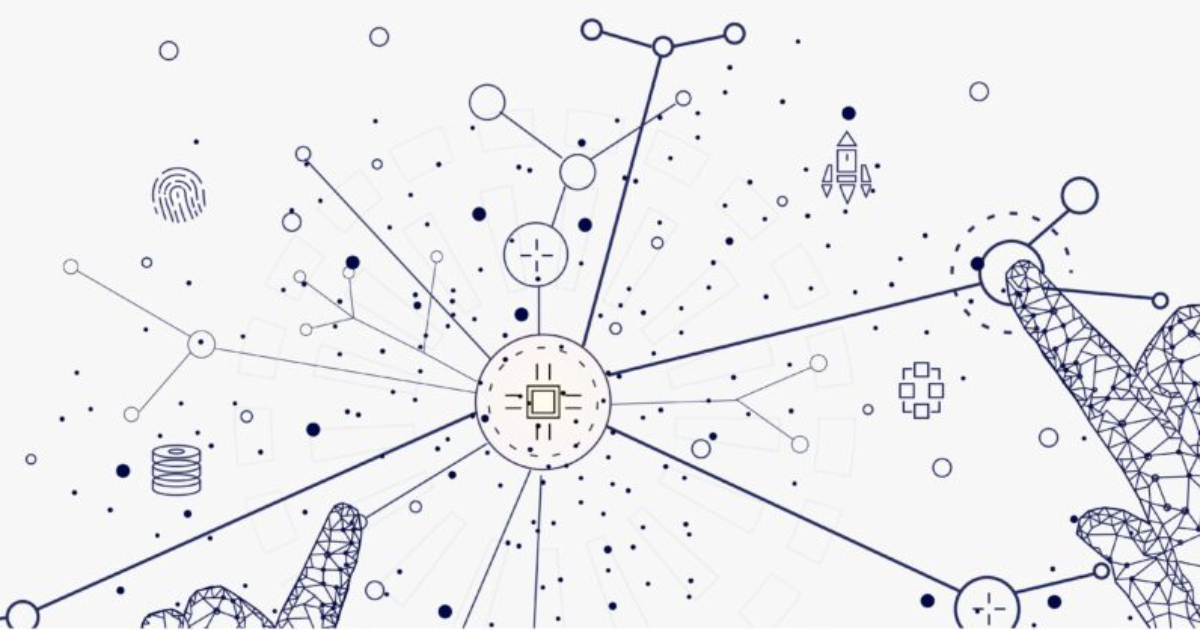Anthropic has proposed a new transparency framework designed to address the growing need for accountability in the development of frontier AI models. This proposal focuses on the largest AI companies that are developing powerful AI models, distinguished by factors such as computing power, cost, evaluation performance, and annual R&D expenditures. The goal is to establish a set of standards that ensures safety, mitigates risks, and increases public visibility into the development and deployment of these advanced AI systems.
A central aspect of the framework is the implementation of Secure Development Frameworks (SDFs), which would require large AI companies to assess and mitigate potential catastrophic risks associated with their models. These risks include chemical, biological, and radiological hazards, as well as harms caused by misaligned model autonomy. The proposal outlines that these frameworks should not only address risk mitigation but also ensure the responsible handling of AI development processes.
One of the key requirements of the framework is public disclosure. Under the proposed regulations, AI companies would be mandated to make their SDFs publicly available through a registered website, offering transparency into their safety practices. This would allow researchers, governments, and the public to access important information about the models being deployed, ensuring that safety standards are being met and that any risks are properly managed. Additionally, companies would be required to publish system cards that provide a summary of the model’s testing procedures, evaluation results, and the mitigations implemented. This documentation would need to be updated whenever a model is revised or a new capability is added.
The framework also proposes that smaller developers and startups be exempt from these requirements. Instead, the regulations would apply to large-scale AI companies whose models have the potential to cause significant harm, such as those with substantial computing power or financial resources. The exemption is designed to avoid placing an undue burden on smaller companies while still focusing regulatory efforts on the largest players in the field.
Furthermore, the proposal includes specific provisions for enforcing compliance. It would be a legal violation for AI companies to provide false or misleading statements about their adherence to the framework, ensuring that whistleblower protections can be applied if necessary. The enforcement mechanism would allow the attorney general to pursue civil penalties for violations, helping to maintain the integrity of the system.
Community reactions reflect a mix of optimism, skepticism, and practical concerns with recent global discussions on AI regulation.
AI Expert Himanshu Kumar commented on X:
Isn’t fostering open-source AI development also crucial for safe innovation?
Meanwhile user Skeptical Observer commented:
Enforcement by whom? This feels very U.S.-centric. What about Chinese labs or others outside this scope? The whistleblower protections sound nice, but without global reach, it’s just a Band-Aid. Hope they clarify this at the AI Safety Summit!
Ultimately, the proposed transparency framework aims to strike a balance between ensuring AI safety and enabling continued innovation. While the framework sets minimum standards for transparency, it intentionally avoids being overly prescriptive, allowing the AI industry to adapt as the technology continues to evolve. By promoting transparency, the framework seeks to establish clear accountability for AI developers, helping policymakers and the public differentiate between responsible and irresponsible practices in the field. This could serve as a foundation for further regulation if needed, providing the evidence and insights necessary to determine if additional oversight is warranted as AI models advance.









